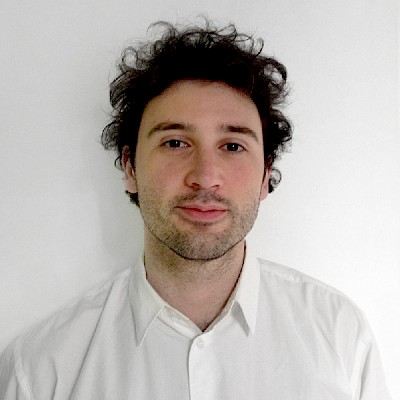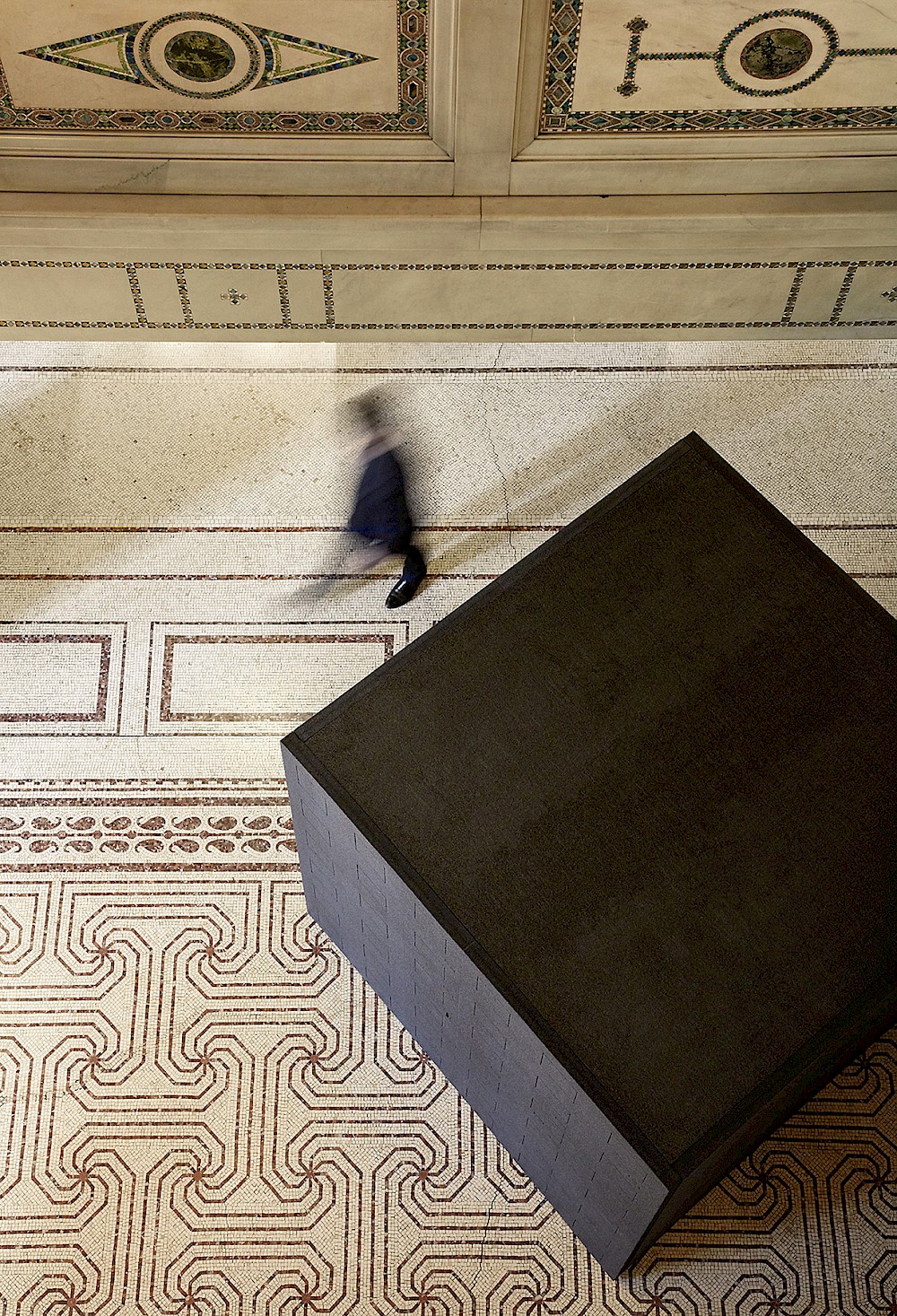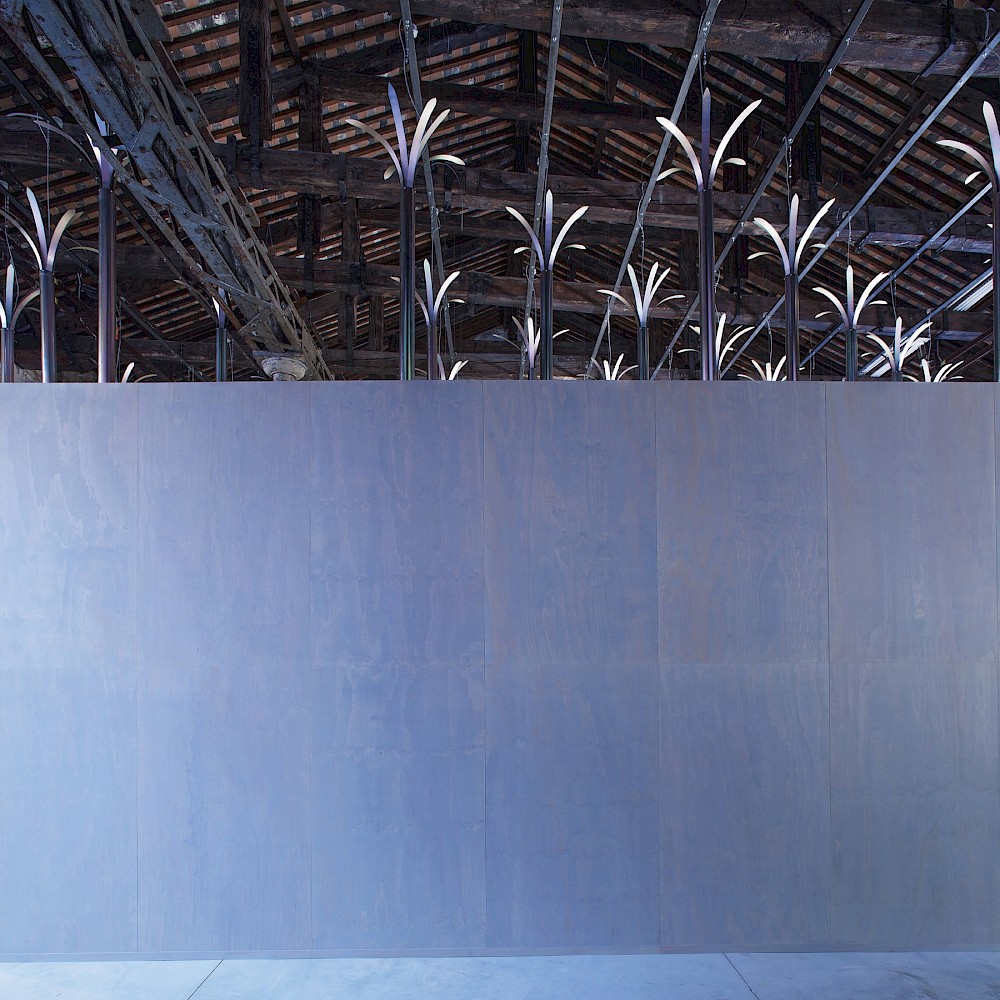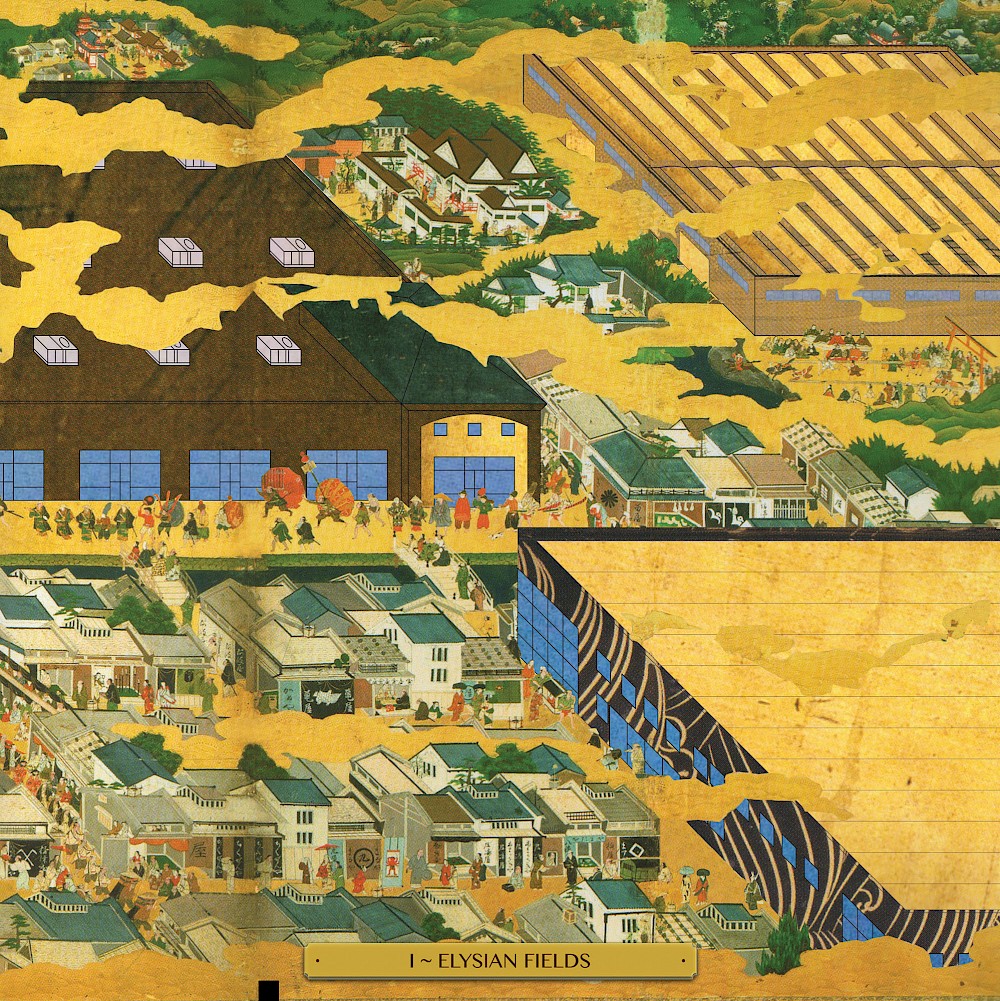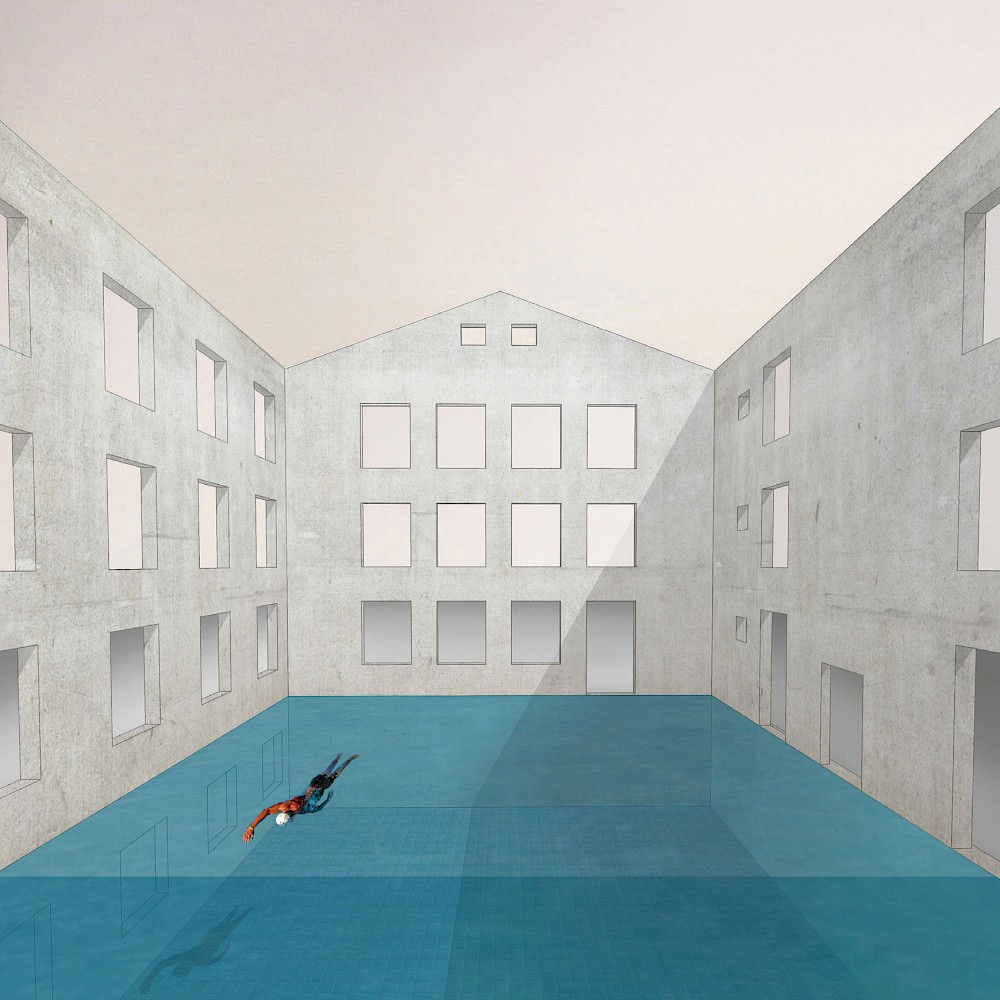BIENNIAL PROJECT
An American Temple
The first nuclear pile, Chicago Pile 1 (CP-1), no longer exists. Built as part of the Manhattan Project, which was promoted by the US Government and brought about the development of the first atomic bomb during World War II, CP-1 allowed the initiation of the first man-made, self-sustaining nuclear chain reaction. Over its lifetime, the pile project, led by Italian physicist Enrico Fermi, was frequently dismantled and rebuilt. The Empire presents this scientific history of testing and demonstration in two reconstructions: each one showing iterations of the Chicago Pile project at different stages of development. The installation brings together the reconstruction of CP-1’s first iteration along with a book containing maps, diagrams, and archive materials from years of field research by Ludovico Centis of The Empire. The second location at University of Chicago stages the graphite mass of the crude pile of black bricks and wooden timbers built at the university for the successful test in 1942. These two full-scale reconstructions are conceived not as a celebration of war or nuclear weapons, but as the materialization of a secular American temple erected in the city of Chicago, which is a key node in the network of sites connected to the Manhattan Project scattered across the country. The installations force us to reflect upon crucial questions about how we deal with landscape and nuclear energy, as well as history and collective memories surrounding this invention.
BIO
The Empire is an architecture and planning office founded in 2013 by Ludovico Centis. The office’s wide-ranging activity involves design, teaching, research, and writing. The Empire designs interiors and ephemeral installations, buildings and public spaces, as well as large-scale projects and territorial visions. The Empire’s research focuses on the ways in which individuals and institutions, as well as desires and power, shape cities and landscapes.
Ludovico Centis is an architect, and co-founder and editor of the architecture magazine San Rocco. He was a partner at the architectural office Salottobuono from 2007 to 2012. He has lectured and taught in Italian and international universities such as IUAV (Venice), the Politecnico (Milan), the A.A. School of Architecture (London), Cornell University (Ithaca,NY), and Princeton University (Princeton, NJ). Centis has been the 2013 through 2014 Peter Reyner Banham Fellow at the University at Buffalo-SUNY and was a participant in the CLUI Wendover Residence Program in 2015.



